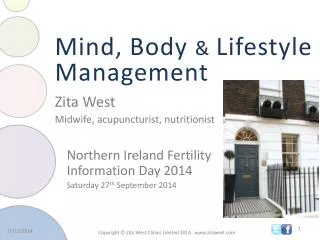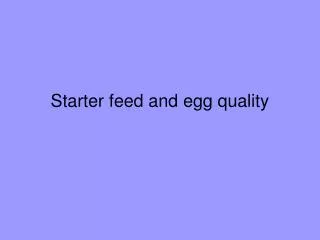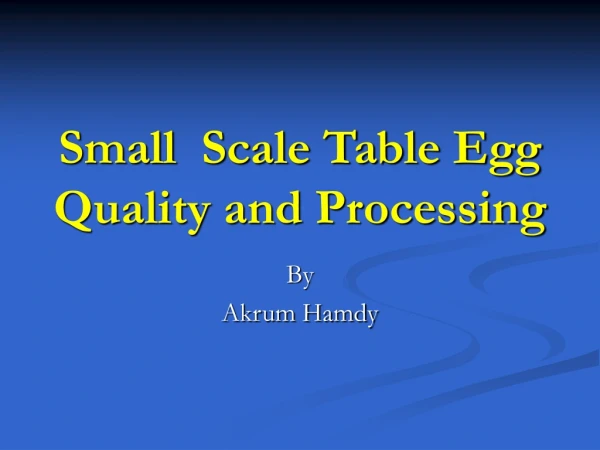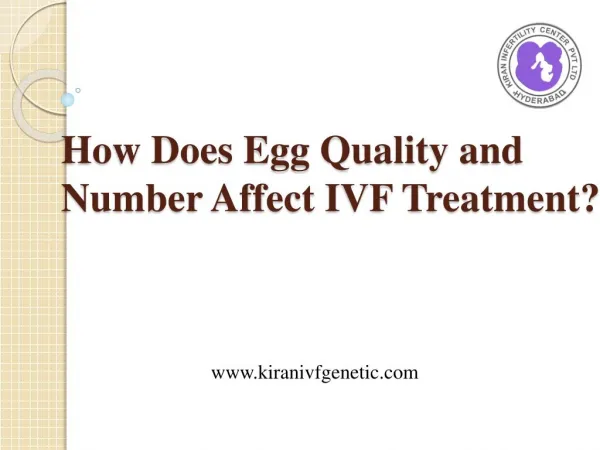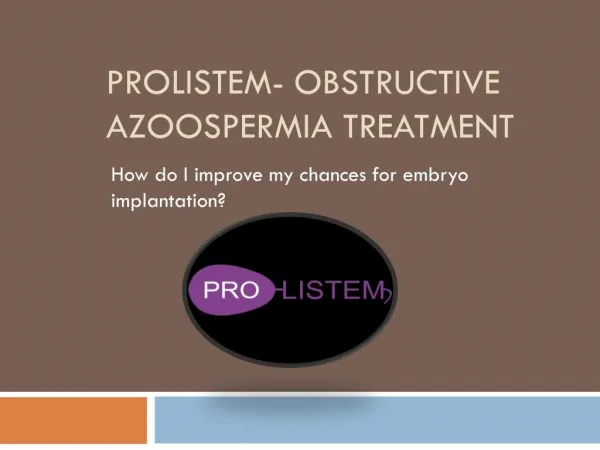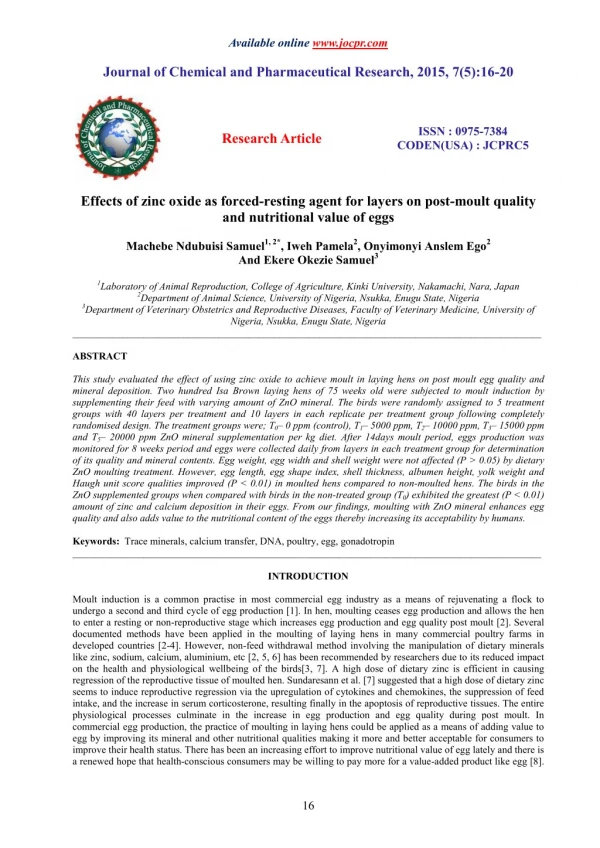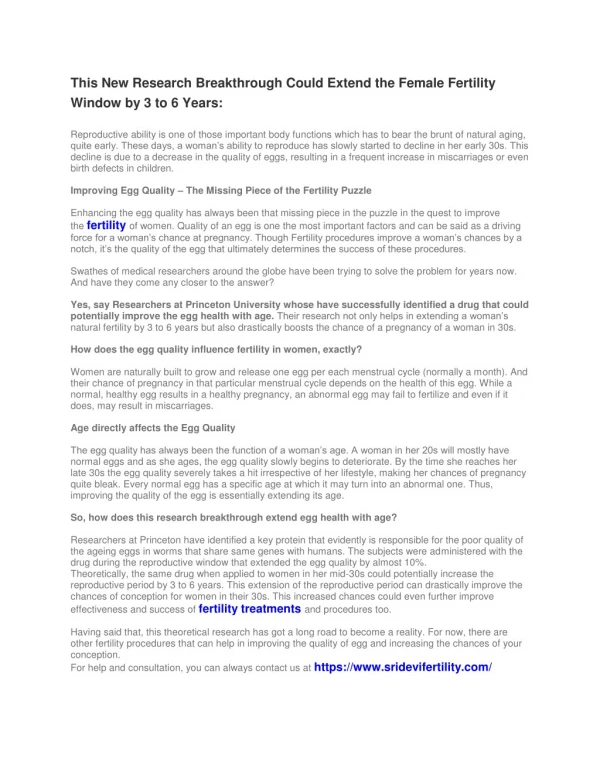Effects of zinc oxide as forced-resting agent for layers on post-moult quality and nutritional value of eggs
This study evaluated the effect of using zinc oxide to achieve moult in laying hens on post moult egg quality and mineral deposition. Two hundred Isa Brown laying hens of 75 weeks old were subjected to moult induction by supplementing their feed with varying amount of ZnO mineral. The birds were randomly assigned to 5 treatment groups with 40 layers per treatment and 10 layers in each replicate per treatment group following completely randomised design. The treatment groups were; T0– 0 ppm (control), T1– 5000 ppm, T2– 10000 ppm, T3– 15000 ppm and T5– 20000 ppm ZnO mineral supplementation per kg diet. After 14days moult period, eggs production was monitored for 8 weeks period and eggs were collected daily from layers in each treatment group for determination of its quality and mineral contents. Egg weight, egg width and shell weight were not affected (P > 0.05) by dietary ZnO moulting treatment. However, egg length, egg shape index, shell thickness, albumen height, yolk weight and Haugh unit score qualities improved (P < 0.01) in moulted hens compared to non-moulted hens. The birds in the ZnO supplemented groups when compared with birds in the non-treated group (T0) exhibited the greatest (P < 0.01) amount of zinc and calcium deposition in their eggs. From our findings, moulting with ZnO mineral enhances egg quality and also adds value to the nutritional content of the eggs thereby increasing its acceptability by humans.
★
★
★
★
★
64 views • 5 slides

